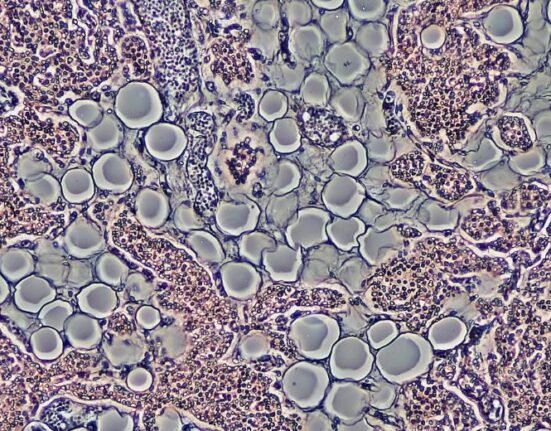HQ Team
May 19, 2023: Indicators to slow, halt or reverse age-related loss of muscle mass and strength were found after a study on African killifish revealed that toward the end of human life muscles reverse to an “early life” state, slowing mortality.
No one knows how sarcopenia — when human muscles start to decay —happens or why. Researchers at the Australian Regenerative Medicine Institute at Monash University used African killifish as it mirrors human aging.
The African turquoise killifish has the shortest known life span of any vertebrate species that can be bred in captivity.
Life for a killifish begins with the African rains, creating seasonal rain pools in which fish hatch, grow rapidly, and mature in as few as two weeks, and then reproduce daily until the pool dries out.
Regenerative capacity
Their short life span is accompanied by symptoms of aging seen in humans – including the appearance of cancerous lesions in the liver and gonads, and reduced regenerative capacity of the limbs, in this case, the fin.
It also has the same genetic characteristics that are the hallmark of human aging such as a reduction in mitochondrial DNA copy number and function and a shortening of telomeres.
The study, led by Prof Peter Currie and Dr Avnika Ruparelia, assumes importance due to the expected increase in the prevalence and severity of sarcopenia throughout the global population.
“In this study, we performed a thorough cellular and molecular characterization of skeletal muscle from early life, aged and extremely old late-life stages, revealing many similarities to sarcopenia in humans and other mammals,” Dr. Avnika said.
The researchers also found these same metabolic hallmarks of aging are reversed during the late-life stage.
Skeletal muscle health
This suggested that “in extremely old animals, there may be mechanisms in place that prevent further deterioration of skeletal muscle health, which may ultimately contribute to an extension of their life span,” she said.
“Importantly, the late-life stage during which we observed improved muscle health perfectly coincides with a stage when mortality rates decline.
“We, therefore, postulate that the improvement in muscle health may be a critical factor contributing to the extension of life span in extremely old individuals.”
The research team surveyed the metabolism of fish at different stages of the aging process. This experiment surprisingly revealed that certain features of the metabolism of the very oldest fish were rejuvenated to resemble those of young fish.
It highlighted the role of lipid metabolism in this process of rejuvenation. Using drugs that regulate the formation of certain lipids could enable a similar rejuvenation of aging muscle.
Lipid depletion
“During extreme old age, there is a striking depletion of lipids, which are the main energy reserves in our cells,” said senior author Prof Currie.
“We believe that this mimics a state of calorie restriction, a process known to extend life span in other organisms, which results in activation of downstream mechanisms ultimately enabling the animal to maintain nutrient balance and live longer. A similar process is seen in the muscle of highly trained athletes.”
There is a “pressing need” to understand the mechanisms that drive sarcopenia, so that “we can identify and implement suitable medical interventions to promote healthy muscle ageing,” he said.
Dr Ruparelia said the idea that muscle aging may be reversible, and potentially treatable by drugs that can manipulate a cell’s metabolism, was an “exciting prospect, especially given the social, economic, and healthcare costs associated with the ever-growing aged population around the world.”








